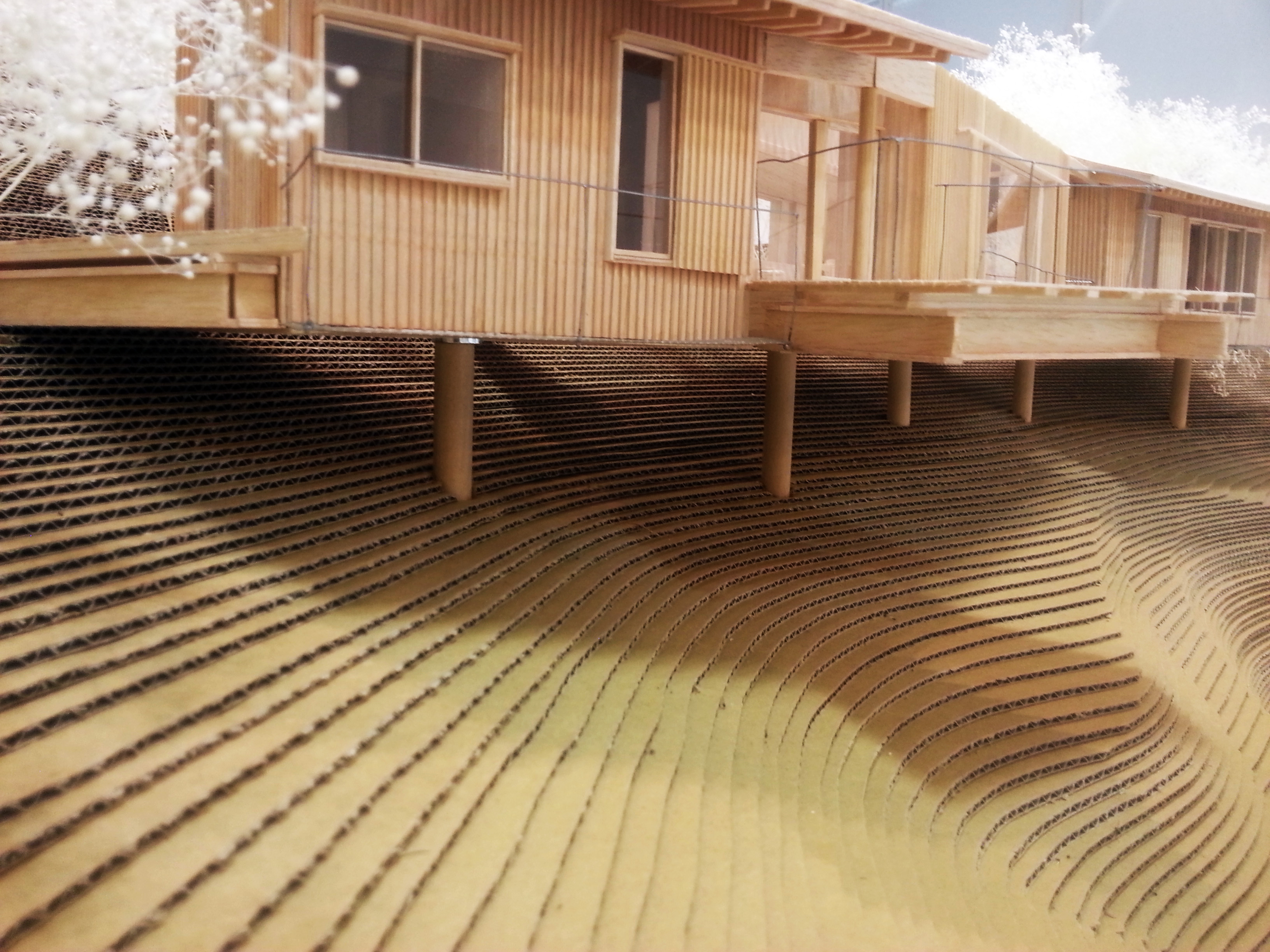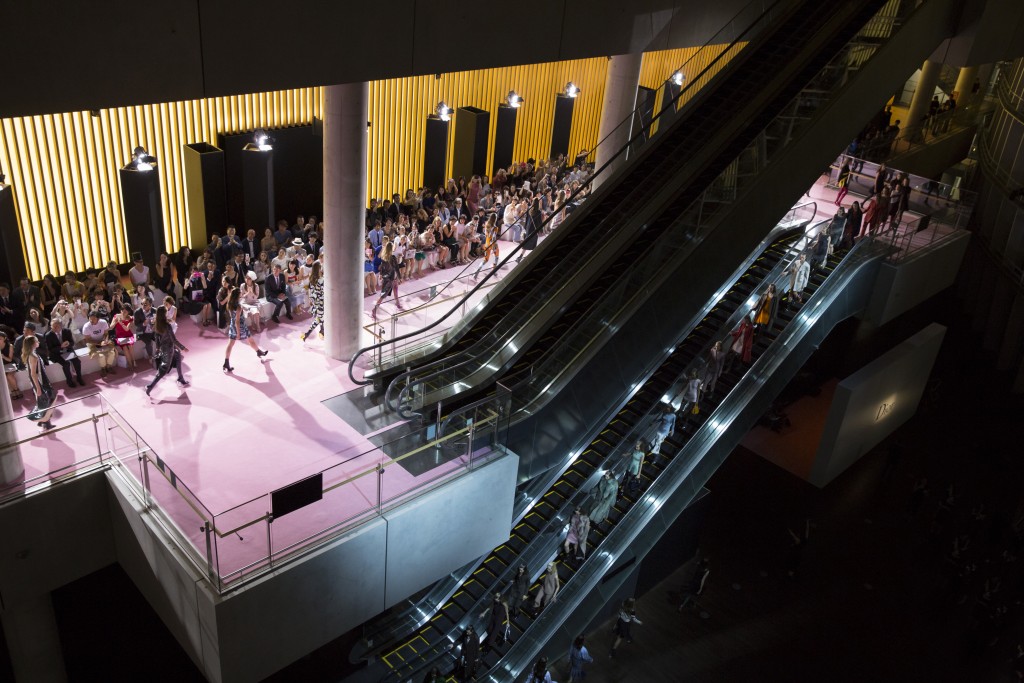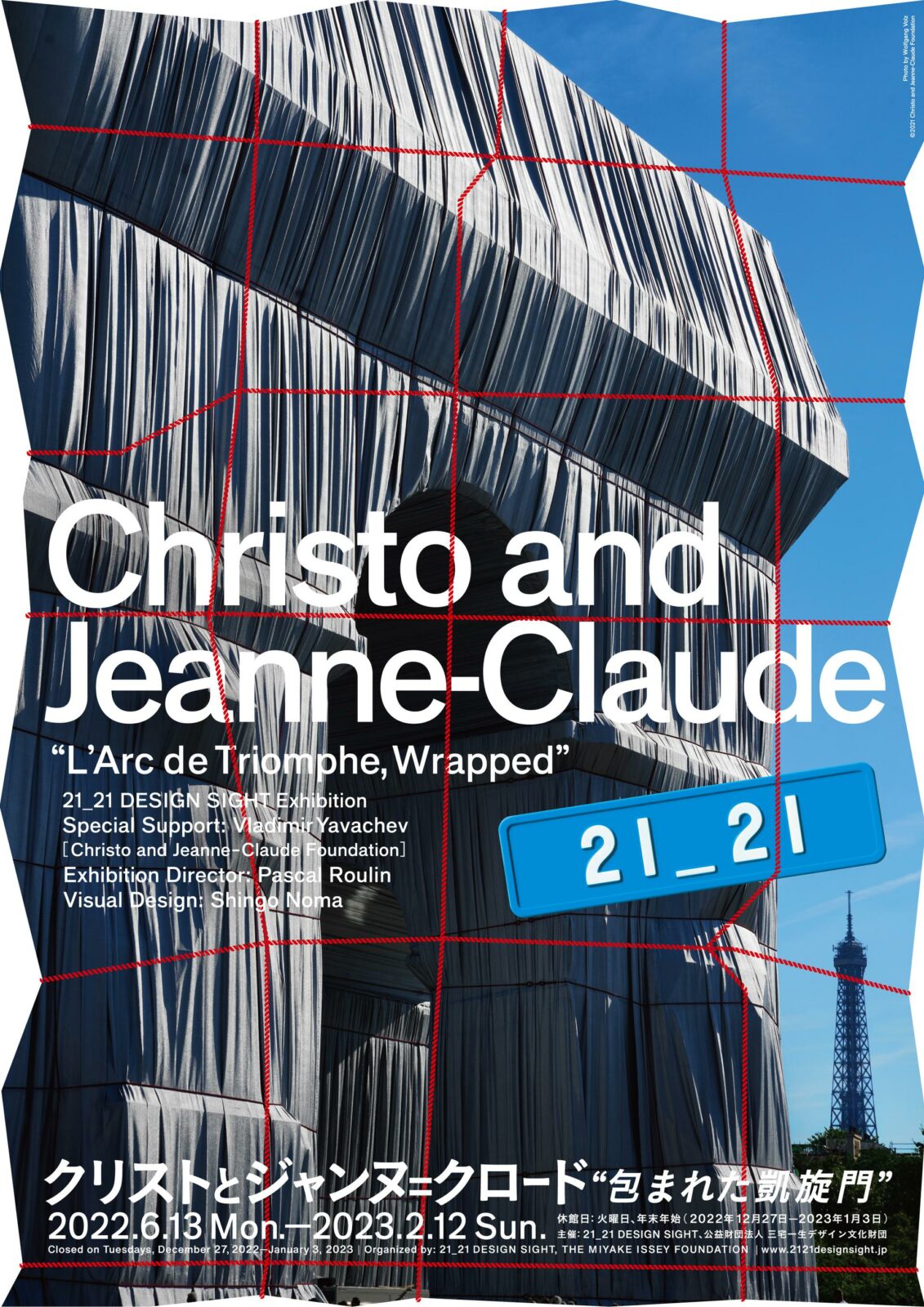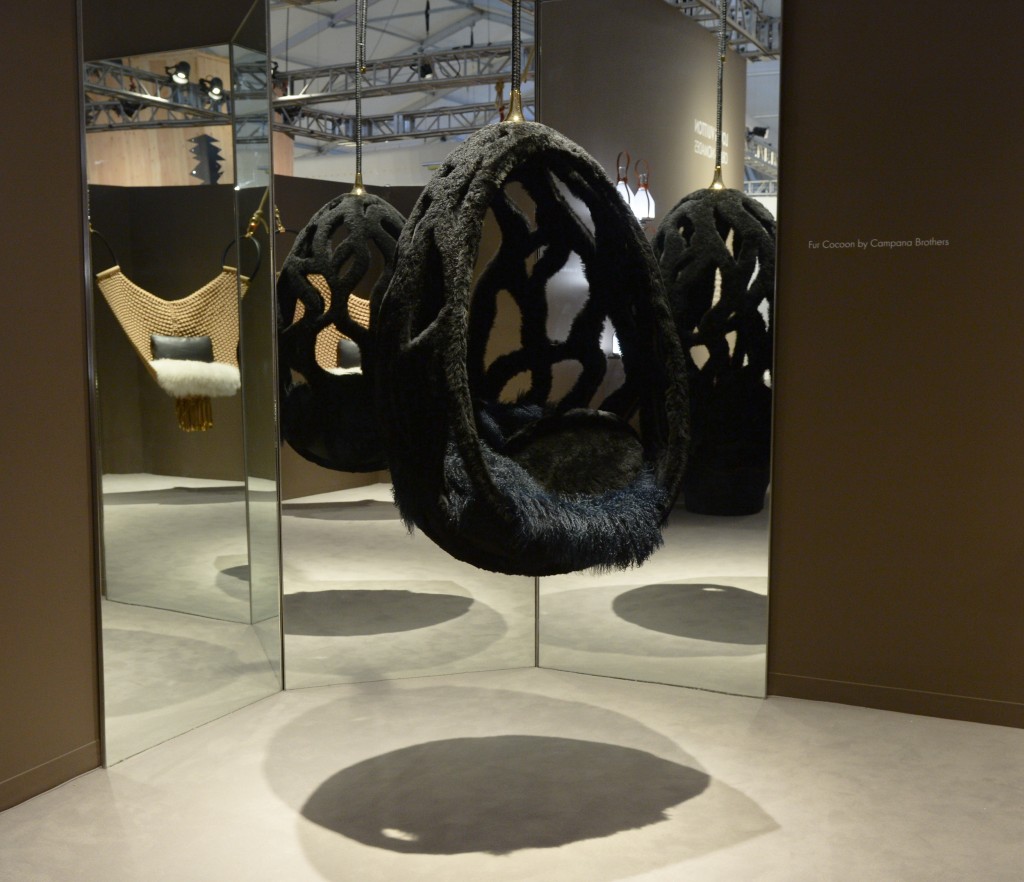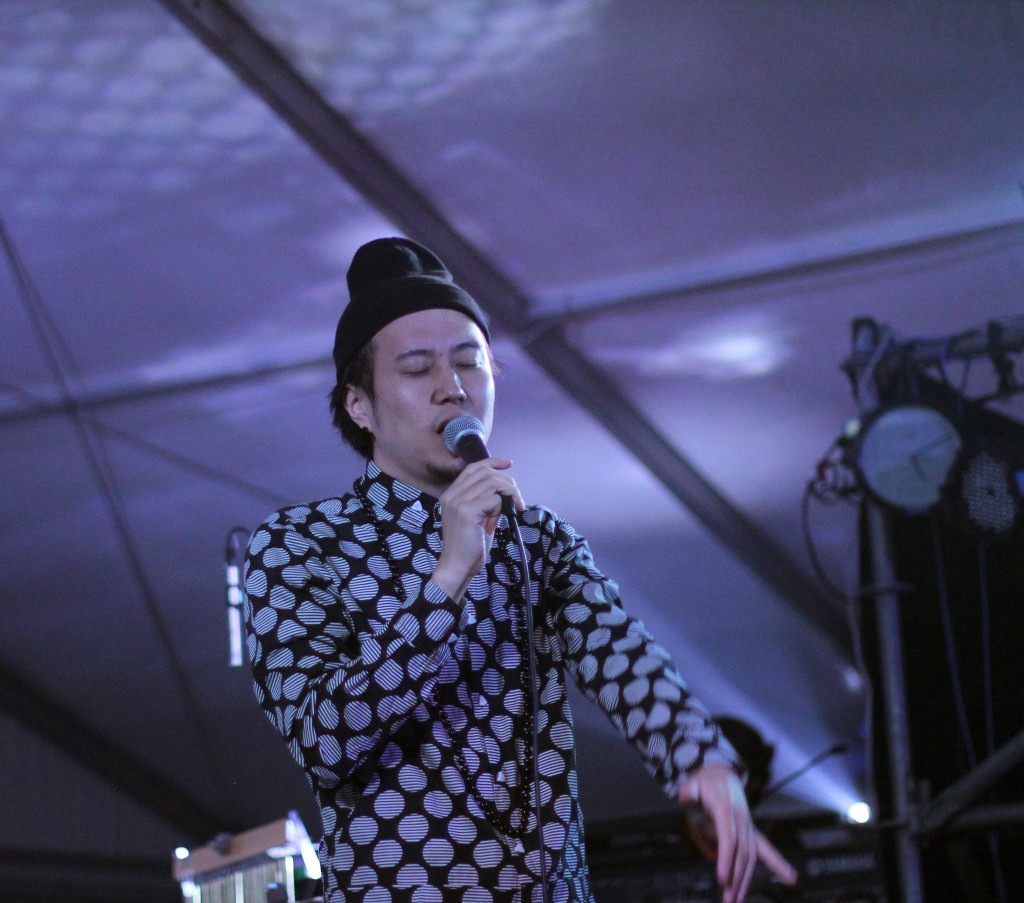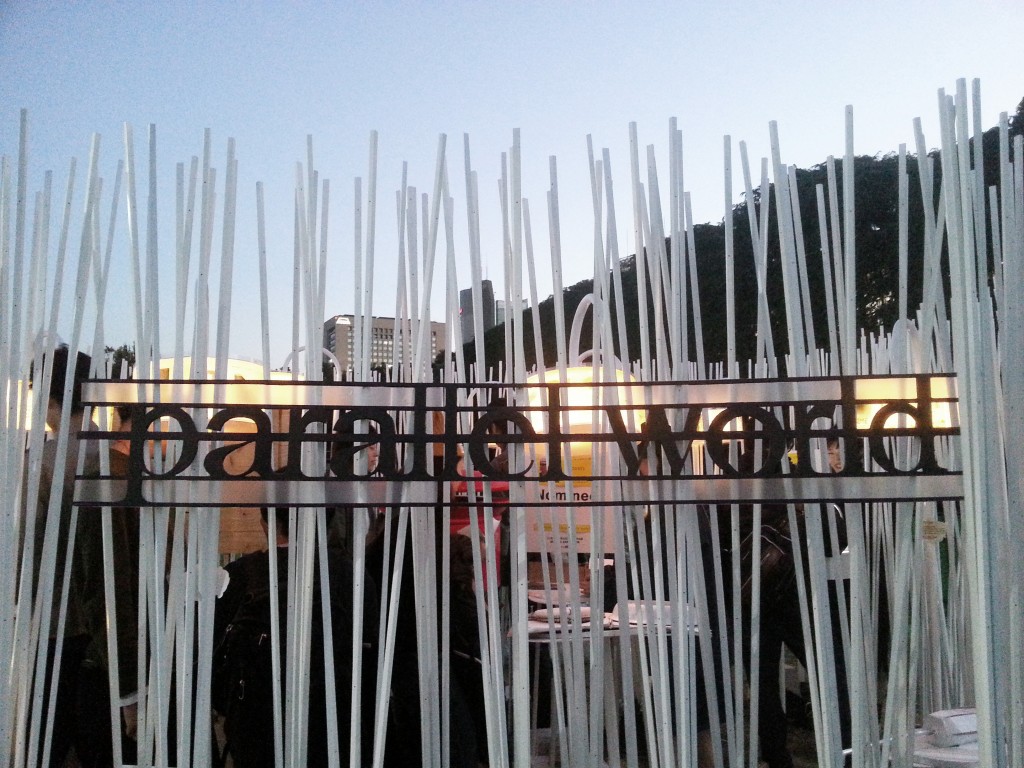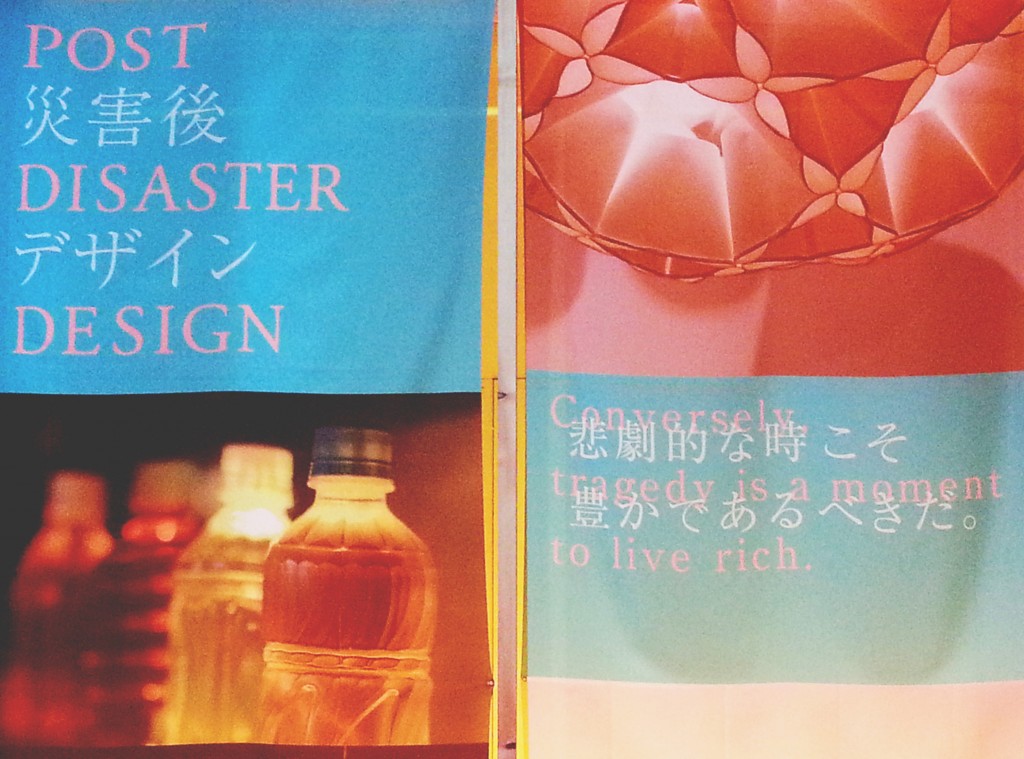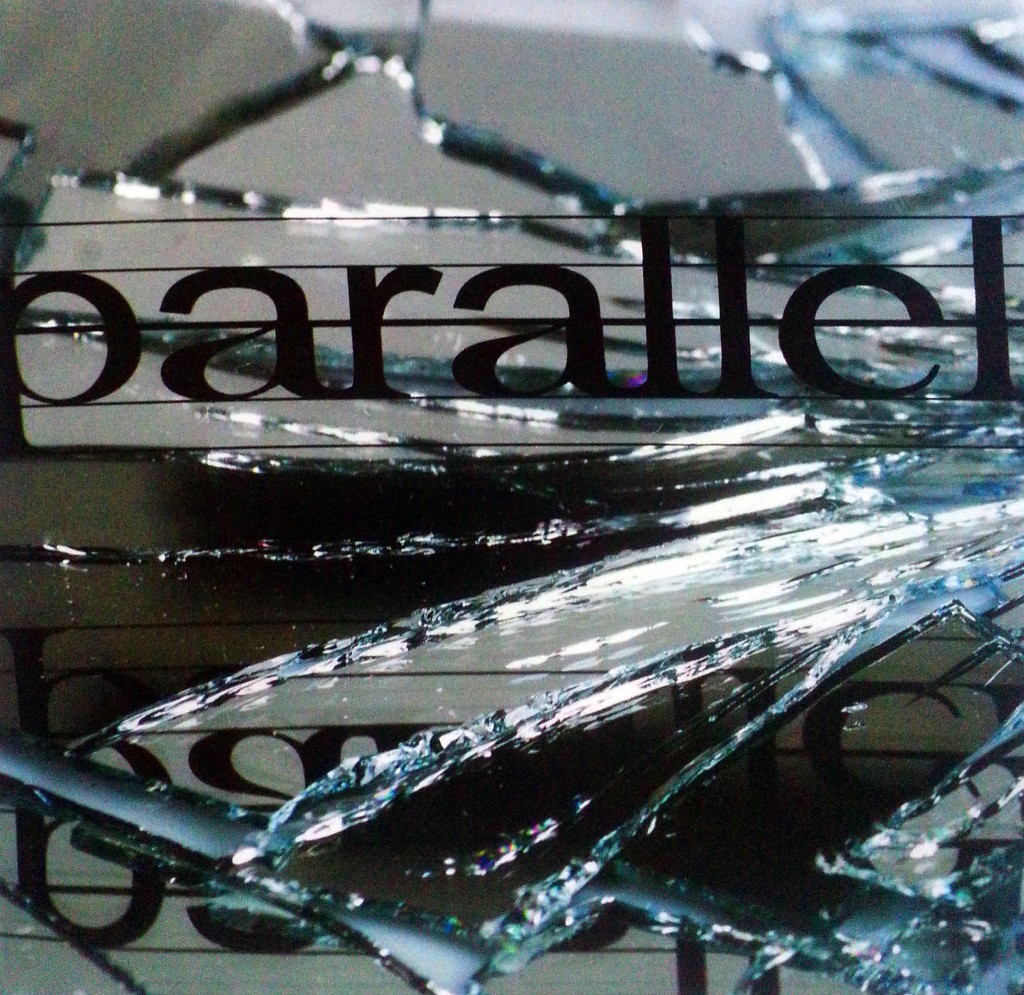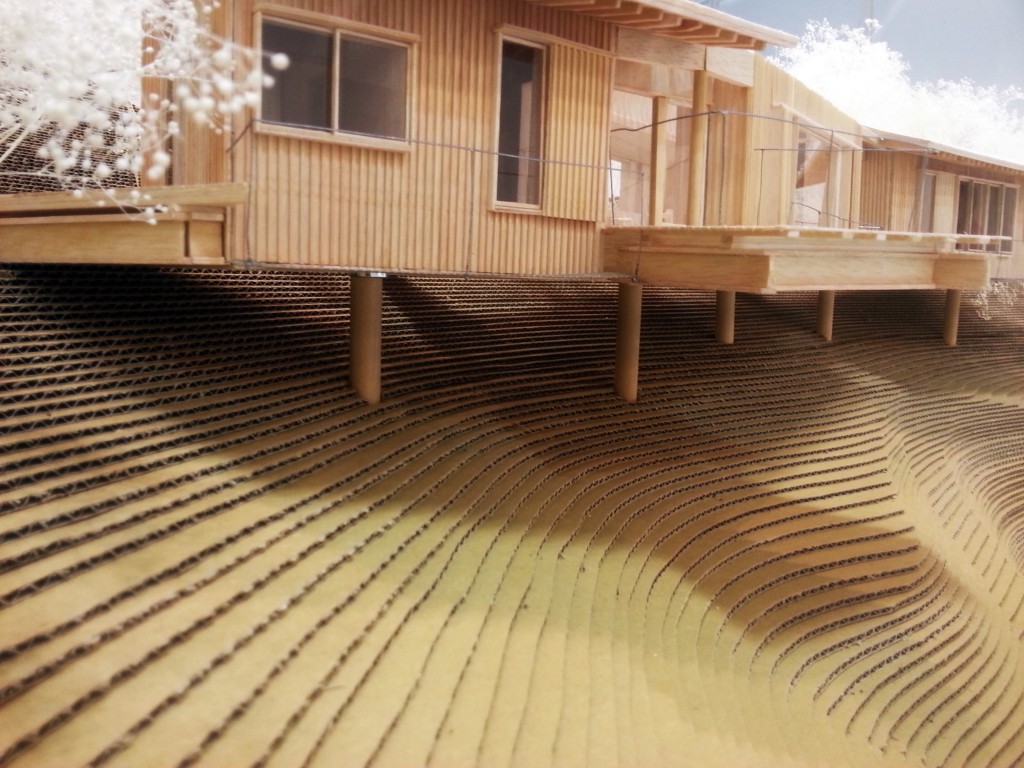
THE NEW IMPULSE OF TOKYO DESIGN WEEK 2016
By Crash redaction
TOKYO DESIGN WEEK CELEBRATES ITS 30TH ANNIVERSARY
This year, Tokyo Design Week marked its 30th anniversary by ushering in a new impulse, as the city becomes a design hub connecting Japanese creativity with cities around the world. This year’s new Air Tent installations evoked visions of immaculate Nature, based on the concept of “0” referring to the creative process at its inception, and hinted at the renewed ambition of the event, which attracts more than 100,000 visitors each year. Besides the three themes of design, fashion and art, music highlighted the special edition with “Ringo Fes, a popular indie music festival from Matsumoto, Nagano that draws music–loving folks to the venue on weekends. The great uniter, an incredible force, something that people who differ on everything and anything else can have in common,” as Sarah Dessen writes it in her book, Just Listen – What better tool than music to foster a creative dynamic at the Meiji Jingu Gaien Mae venue, which hosted more than twenty programs and events for ten days and illustrated the variety of contemporary creative expression?
A sharp selection of cool music was made possible with DJ Sleeper and Shimura Ryunosuke, the creative duo of the independent festival, renowned in Japan for featuring the next big names of music, such as Wednesday Campanella, the famous Japanese electronic music group formed in 2012. This first edition at Tokyo Design Week notably featured emerging bands, among which the eagerly-awaited Ogre You Asshole, a Japanese alternative rock band from Nagano, or Hiro-a-Key, who regaled the crowd with its big band jazz hip hop. Opening up the diverse expression of contemporary creative culture to a wide public, including people not usually attracted to design or art, was a key concern for Kenji Kawasaki, the creative director and president of Tokyo Design Week, who decided to invite “Ringo Fes” and personally selected each exhibitor in all other creative disciplines.
Among the many exhibitions, “Pairs” touched on a relevant theme in our increasingly fragmented societies by drawing on domestic and international schools. What are today’s modes of interactions? How are otherness and interdependence experienced? Among the installations, Kyushu University’s “Parallel World” poetically questioned the understated value of trivial daily objects and services surrounding us, Human Academy Tokyo’s “Post-Disaster Design” illustrated how design can be a dynamic force in saving and transforming lives while designing for the Other with its “relaxing shelter” to relieve victims of earthquakes, and Shizuoka University of Art and Culture’s “Make Pairs” illustrated the power of creativity born out of tangible encounters in our rising virtual environments.
The border or blurring between real and virtual worlds was further explored throughout the whole event. The notion of interactive design and communication powered by IT solutions was well represented, even to playful effect with the Super Robot Exhibition. Modeled after a real fish, the entertaining Ornamental Fish Robot rallied crowds, although ocean research could seriously benefit from it in the future, as the Korean company Airo underlined. Neurowear’s latest design, Cotorees is a voice-controlled birdlike computer presented as a buddy for children, while its Necomimi design – brainwave cat ears signaling your emotional state while silent – also went on sale. What will happen when people show their feelings even when they don’t give voice to them? Interesting? Ashamed? Scared? The company wants to know. What are we trying to achieve with design?
For many, design remains tightly linked to traditions and the challenge is about making it relevant for today. Hundreds of pieces of interactive design coexisted with artworks made through traditional craftsmanship, such as the works by the Japanese glass artist, Mitsuyasu Yokota, whose pieces are exhibited internationally. His motto: “Handing down our declining heritage through future generations by renovating Japanese traditional arts and hearts.” Visitors’ appreciation of heritage was well illustrated by the Grand Prix of the Tokyo Design School Exhibition, awarded to a renewed version of the strategy game Gote-Ni mMrawu, derived from the game of Go, regarded as the national game of Japan. It just goes to show the wide range of creative expression on display at Tokyo Design Week 2016.
Words and pictures: Stéphanie Bui







